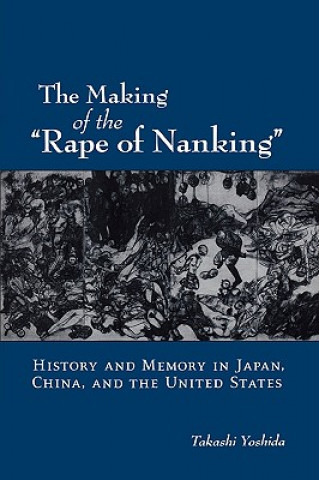
Kód: 04032103
Making of the "Rape of Nanking"
Autor Takashi Yoshida
On December 13, 1937, the Japanese army attacked and captured the Chinese capital city of Nanjing, planting the rising-sun flag atop the city's outer walls. What occurred in the ensuing weeks and months has been the source of a te ... celý popis
- Jazyk:
 Angličtina
Angličtina - Vazba: Brožovaná
- Počet stran: 280
Nakladatelství: Oxford University Press Inc, 2009
- Více informací o knize

Mohlo by se vám také líbit
Darujte tuto knihu ještě dnes
- Objednejte knihu a zvolte Zaslat jako dárek.
- Obratem obdržíte darovací poukaz na knihu, který můžete ihned předat obdarovanému.
- Knihu zašleme na adresu obdarovaného, o nic se nestaráte.
Více informací o knize Making of the "Rape of Nanking"
Nákupem získáte 123 bodů
 Anotace knihy
Anotace knihy
On December 13, 1937, the Japanese army attacked and captured the Chinese capital city of Nanjing, planting the rising-sun flag atop the city's outer walls. What occurred in the ensuing weeks and months has been the source of a tempestuous debate ever since. It is well known that the Japanese military committed wholesale atrocities after the fall of the city, massacring large numbers of Chinese during the both the Battle of Nanjing and in its aftermath. Yet the exact details of the war crimes--how many people were killed during the battle? How many after? How many women were raped? Were prisoners executed? How unspeakable were the acts committed?--are the source of controversy among Japanese, Chinese, and American historians to this day. In The Making of the "Rape of Nanking Takashi Yoshida examines how views of the Nanjing Massacre have evolved in history writing and public memory in Japan, China, and the United States. For these nations, the question of how to treat the legacy of Nanjing--whether to deplore it, sanitize it, rationalize it, or even ignore it--has aroused passions revolving around ethics, nationality, and historical identity. Drawing on a rich analysis of Chinese, Japanese, and American history textbooks and newspapers, Yoshida traces the evolving--and often conflicting--understandings of the Nanjing Massacre, revealing how changing social and political environments have influenced the debate. Yoshida suggests that, from the 1970s on, the dispute over Nanjing has become more lively, more globalized, and immeasurably more intense, due in part to Japanese revisionist history and a renewed emphasis on patriotic education in China. While today it is easy to assume that the Nanjing Massacre has always been viewed as an emblem of Japan's wartime aggression in China, the image of the "Rape of Nanking" is a much more recent icon in public consciousness. Takashi Yoshida analyzes the process by which the Nanjing Massacre has become an international symbol, and provides a fair and respectful treatment of the politically charged and controversial debate over its history.
 Parametry knihy
Parametry knihy
Zařazení knihy Knihy v angličtině Humanities History Regional & national history
1230 Kč
- Plný název: Making of the "Rape of Nanking"
- Podnázev: History and Memory in Japan, China, and the United States
- Autor: Takashi Yoshida
- Jazyk:
 Angličtina
Angličtina - Vazba: Brožovaná
- Počet stran: 280
- EAN: 9780195383140
- ISBN: 0195383141
- ID: 04032103
- Nakladatelství: Oxford University Press Inc
- Hmotnost: 394 g
- Rozměry: 228 × 143 × 18 mm
- Datum vydání: 19. March 2009
Oblíbené z jiného soudku
-

Strange Death of Europe
374 Kč -

The Fourth Turning
391 Kč -

Conquest of New Spain
333 Kč -

Histories
325 Kč -
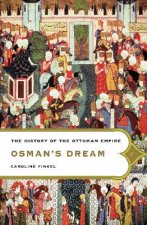
Osman's Dream
475 Kč -

God's Playground A History of Poland
1615 Kč -
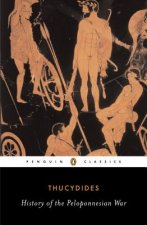
History of the Peloponnesian War
377 Kč -

303 Squadron
453 Kč -

Persians
673 Kč -

Seven Military Classics Of Ancient China
516 Kč -

Private Lives of the Tudors
383 Kč -

To Hell and Back
387 Kč -

Armies of Agincourt
419 Kč -

Rise And Fall of Athens
401 Kč -

Stayin' Alive
505 Kč -

Learning to Eat Soup with a Knife
480 Kč -

Teutonic Knight
439 Kč -

Trespassers on the Roof of the World
334 Kč -

How the West Won
381 Kč -

Romani Gypsies
992 Kč -

Egypt, Canaan, and Israel in Ancient Times
1541 Kč -

Henry V
830 Kč -

Henry VI
830 Kč -

Hezbollah
425 Kč -

George IV
1312 Kč -

Oxford History of Ancient Egypt
557 Kč -

Syria
316 Kč -

Hekate Soteira
1446 Kč -
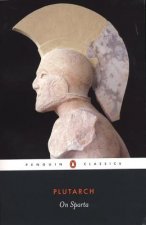
On Sparta
334 Kč -

Diary of Samuel Pepys: A Selection
493 Kč -

Xenophon: Hellenika I-II.3.10
838 Kč -

French Armies of the Hundred Years War
399 Kč -

Witchfinders
380 Kč -
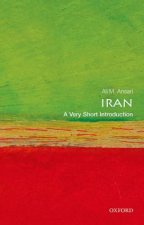
Iran: A Very Short Introduction
233 Kč -

Knight Hospitaller
439 Kč -

Knight Hospitaller
439 Kč -

Concise History of Romania
626 Kč -
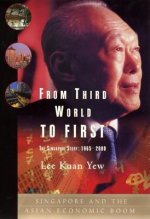
From Third World to First
690 Kč -

Hundred Years' War on Palestine
318 Kč -

Ten Myths About Israel
317 Kč -
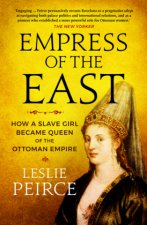
Empress of the East
334 Kč -

Ethnic Cleansing of Palestine
347 Kč -

Decline and Fall of the Roman Empire
121 Kč -

Rise And Fall Of The Third Reich
534 Kč -

The Balkans, 1804-2012
508 Kč -

History of Nepal
725 Kč -

Diana: Her True Story - In Her Own Words
298 Kč -

The Secret Diaries Of Miss Anne Lister: Vol. 1
304 Kč -

Beyond Band of Brothers
383 Kč
Osobní odběr Praha, Brno a 12903 dalších
Copyright ©2008-24 nejlevnejsi-knihy.cz Všechna práva vyhrazenaSoukromíCookies




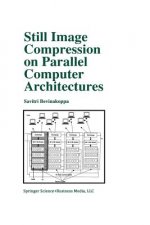




 Vrácení do měsíce
Vrácení do měsíce 571 999 099 (8-15.30h)
571 999 099 (8-15.30h)